Home>Storage & Organization>Kitchen Organizing Tools>Can You Change A Litter Box When Pregnant
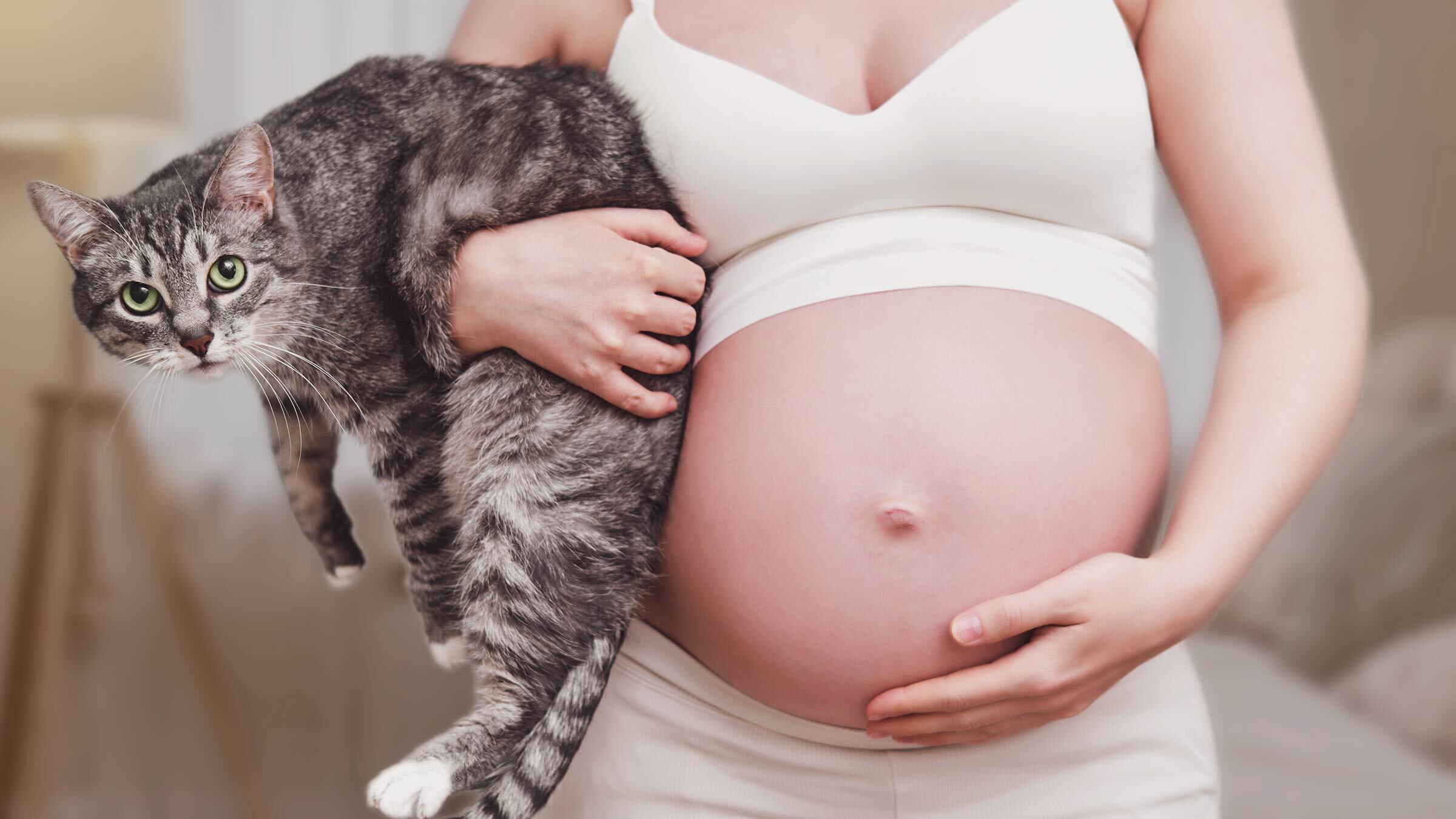

Kitchen Organizing Tools
Can You Change A Litter Box When Pregnant
Published: February 23, 2024
Discover the best kitchen organizing tools for a stress-free and efficient space. Find out if you can change a litter box when pregnant and how to stay safe.
(Many of the links in this article redirect to a specific reviewed product. Your purchase of these products through affiliate links helps to generate commission for Storables.com, at no extra cost. Learn more)
Introduction
Pregnancy is a time of joy, anticipation, and careful consideration of one's health and well-being. Expectant mothers are often bombarded with advice and warnings about potential risks to their developing baby. Among the many concerns that arise during pregnancy, the topic of changing a litter box is a common source of confusion and apprehension.
Expectant mothers may wonder about the potential risks associated with handling cat litter and the implications for their unborn child. It's essential to address this concern with clarity and provide guidance on how to navigate this issue safely.
In this comprehensive guide, we will delve into the topic of changing a litter box during pregnancy. We will explore the potential risks, precautions to take, and alternative solutions to ensure the well-being of both the expectant mother and her baby. By understanding the nuances of this issue, expectant mothers can make informed decisions and take proactive steps to safeguard their health and that of their developing child.
Key Takeaways:
- Pregnant women should avoid changing cat litter to protect against a parasite called Toxoplasma gondii, which can harm the baby. They can delegate the task, use gloves, and consider alternatives like self-cleaning litter boxes.
- Toxoplasma gondii in cat feces poses risks during pregnancy. Pregnant women can prioritize safety by delegating litter box tasks, using protective gear, and exploring alternative litter options for their indoor feline companions.
Read more: Can You Clean The Litter Box When Pregnant
Understanding the Risks
During pregnancy, expectant mothers are often advised to be cautious about potential hazards that could affect the health of their unborn child. When it comes to changing a litter box, a specific concern arises due to the potential exposure to a parasite called Toxoplasma gondii. This parasite is commonly found in cat feces and can pose risks to pregnant women and their developing babies if proper precautions are not taken.
Toxoplasma gondii is a protozoan parasite that can cause a disease known as toxoplasmosis. While most healthy individuals may not experience severe symptoms if infected, the consequences can be more significant for pregnant women. If a woman contracts toxoplasmosis during pregnancy, the infection can be transmitted to the fetus, leading to potential complications such as miscarriage, stillbirth, or congenital disabilities.
The primary route of transmission for toxoplasmosis is through the ingestion of contaminated food or water, or through direct contact with cat feces that contain the parasite. This is where the concern about changing a litter box during pregnancy arises. If a pregnant woman handles cat litter that is contaminated with Toxoplasma gondii and inadvertently ingests the parasite or allows it to come into contact with her mouth or face, the risk of infection becomes a significant concern.
It's important to note that indoor cats are more likely to carry Toxoplasma gondii compared to outdoor cats, as they may become infected by consuming raw or undercooked meat. Additionally, cats typically shed the parasite for a short period, usually for a few weeks after their initial exposure to the parasite. However, the shedding of the parasite in cat feces can continue for several days, making it crucial for pregnant women to exercise caution when handling litter boxes.
Understanding the potential risks associated with changing a litter box during pregnancy is essential for expectant mothers. By being aware of the implications of Toxoplasma gondii exposure, pregnant women can take proactive measures to minimize the risk of infection and protect the health of their developing baby.
Precautions to Take
When it comes to navigating the potential risks associated with changing a litter box during pregnancy, there are several crucial precautions that expectant mothers can take to safeguard their health and that of their developing baby. By implementing these measures, pregnant women can minimize the risk of exposure to Toxoplasma gondii and reduce the likelihood of contracting toxoplasmosis. Here are the essential precautions to consider:
-
Delegate the Task: One of the most effective precautions is to delegate the responsibility of changing the litter box to a partner, family member, or friend. By assigning this task to someone else, pregnant women can entirely avoid direct contact with cat feces and reduce the risk of exposure to Toxoplasma gondii.
-
Use Gloves and Mask: If delegating the task is not feasible, it's crucial for pregnant women to use disposable gloves and a mask when handling the litter box. Wearing gloves prevents direct skin contact with the cat litter, while a mask can minimize the inhalation of potentially contaminated dust particles.
-
Frequent Handwashing: After handling the litter box or coming into contact with any potentially contaminated surfaces, pregnant women should thoroughly wash their hands with soap and water. Proper hand hygiene is essential for reducing the risk of inadvertently ingesting the parasite.
-
Clean the Litter Box Regularly: Ensuring that the litter box is cleaned daily can help minimize the chances of Toxoplasma gondii oocysts reaching an infective stage. Regular cleaning reduces the likelihood of prolonged exposure to the parasite.
-
Wear Protective Clothing: When cleaning the litter box, it's advisable to wear old or disposable clothing to prevent the transfer of potentially contaminated particles to regular attire. This can help minimize the risk of inadvertently carrying the parasite into living spaces.
-
Avoid Gardening Activities: As gardening may involve contact with soil that could potentially be contaminated with cat feces, pregnant women should consider avoiding gardening activities during this time to reduce the risk of exposure to Toxoplasma gondii.
By diligently adhering to these precautions, expectant mothers can significantly reduce the risk of exposure to Toxoplasma gondii while handling a litter box during pregnancy. These proactive measures empower pregnant women to prioritize their health and the well-being of their developing baby, providing peace of mind during this special time.
Alternatives to Changing the Litter Box
When navigating the potential risks associated with changing a litter box during pregnancy, expectant mothers may explore alternative solutions to ensure that their indoor feline companions receive proper care while minimizing the risk of exposure to Toxoplasma gondii. By considering alternative approaches to managing the litter box, pregnant women can prioritize their health and that of their developing baby without compromising the well-being of their beloved pets.
1. Partner or Family Assistance
Delegating the task of changing the litter box to a partner, family member, or friend is a practical alternative for pregnant women. By enlisting the support of a trusted individual, expectant mothers can entirely avoid direct contact with cat feces, thereby reducing the risk of exposure to Toxoplasma gondii. This approach ensures that the litter box maintenance is consistently addressed while safeguarding the health of the pregnant woman and her developing baby.
2. Automatic Self-Cleaning Litter Boxes
Investing in an automatic self-cleaning litter box can provide a convenient and hygienic solution for managing cat waste during pregnancy. These innovative litter boxes are designed to automatically detect and remove waste, minimizing the need for manual intervention. By utilizing this technology, pregnant women can significantly reduce their direct exposure to cat litter and mitigate the risk of coming into contact with Toxoplasma gondii.
3. Professional Pet Care Services
Engaging the services of professional pet caregivers or cat sitters can offer pregnant women peace of mind by entrusting the responsibility of litter box maintenance to experienced professionals. These individuals are equipped to handle the task of cleaning and maintaining the litter box, ensuring that the indoor feline companion receives proper care while alleviating the concerns of the expectant mother regarding potential exposure to Toxoplasma gondii.
4. Temporary Transition to Outdoor Environment
For pregnant women with the flexibility to do so, temporarily transitioning the indoor feline companion to an outdoor environment under safe and supervised conditions can provide an alternative approach to managing the litter box. This transition allows the cat to fulfill its natural instincts while minimizing the need for direct involvement in litter box maintenance during the pregnancy period.
5. Adoption of Biodegradable Litter
Exploring the use of biodegradable cat litter options can present a safer alternative for pregnant women. Biodegradable litters are formulated using natural materials such as paper, wood, or plant-based substances, reducing the potential risk of exposure to harmful pathogens. By opting for biodegradable litter, expectant mothers can prioritize safety while maintaining a hygienic environment for their indoor feline companion.
By considering these alternative approaches to managing the litter box, pregnant women can navigate the potential risks associated with changing cat litter during pregnancy while ensuring the well-being of their indoor feline companions. These proactive measures empower expectant mothers to make informed decisions that prioritize health and safety, fostering a harmonious environment for both the family and their beloved pets.
Read more: Can You Burn Candles When Pregnant
Conclusion
In conclusion, the decision to change a litter box during pregnancy warrants careful consideration and proactive measures to mitigate potential risks. Understanding the implications of exposure to Toxoplasma gondii and the associated risks of toxoplasmosis is essential for expectant mothers. By embracing the precautions outlined in this guide, pregnant women can navigate this concern with confidence and prioritize the well-being of themselves and their developing baby.
The proactive precautions, such as delegating the task of changing the litter box, utilizing protective gear, and maintaining stringent hygiene practices, empower pregnant women to minimize the risk of exposure to Toxoplasma gondii. These measures not only provide a sense of reassurance but also contribute to a safe and nurturing environment for the expectant mother and her unborn child.
Furthermore, exploring alternative solutions, such as automatic self-cleaning litter boxes, professional pet care services, and the adoption of biodegradable litter, offers expectant mothers practical avenues to ensure that their indoor feline companions receive proper care while reducing the need for direct involvement in litter box maintenance during pregnancy.
By embracing these precautions and alternative approaches, pregnant women can navigate the concern of changing a litter box with informed decision-making and a proactive mindset. This empowers expectant mothers to prioritize their health and that of their developing baby while maintaining a harmonious and safe environment for their beloved pets.
Ultimately, the journey of pregnancy is a time of nurturing, care, and thoughtful consideration of one's well-being. By addressing the topic of changing a litter box during pregnancy with clarity and proactive measures, expectant mothers can approach this aspect of pet care with confidence, ensuring a positive and healthy experience for themselves, their developing baby, and their cherished feline companions.
Frequently Asked Questions about Can You Change A Litter Box When Pregnant
Was this page helpful?
At Storables.com, we guarantee accurate and reliable information. Our content, validated by Expert Board Contributors, is crafted following stringent Editorial Policies. We're committed to providing you with well-researched, expert-backed insights for all your informational needs.








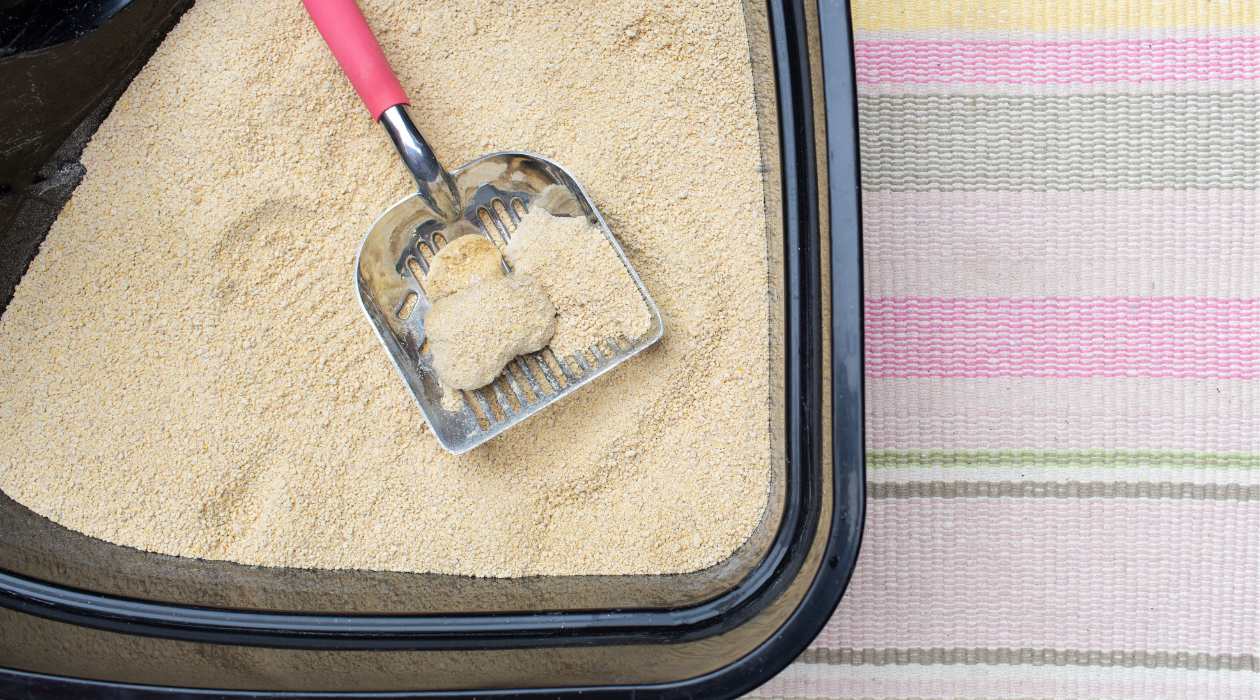
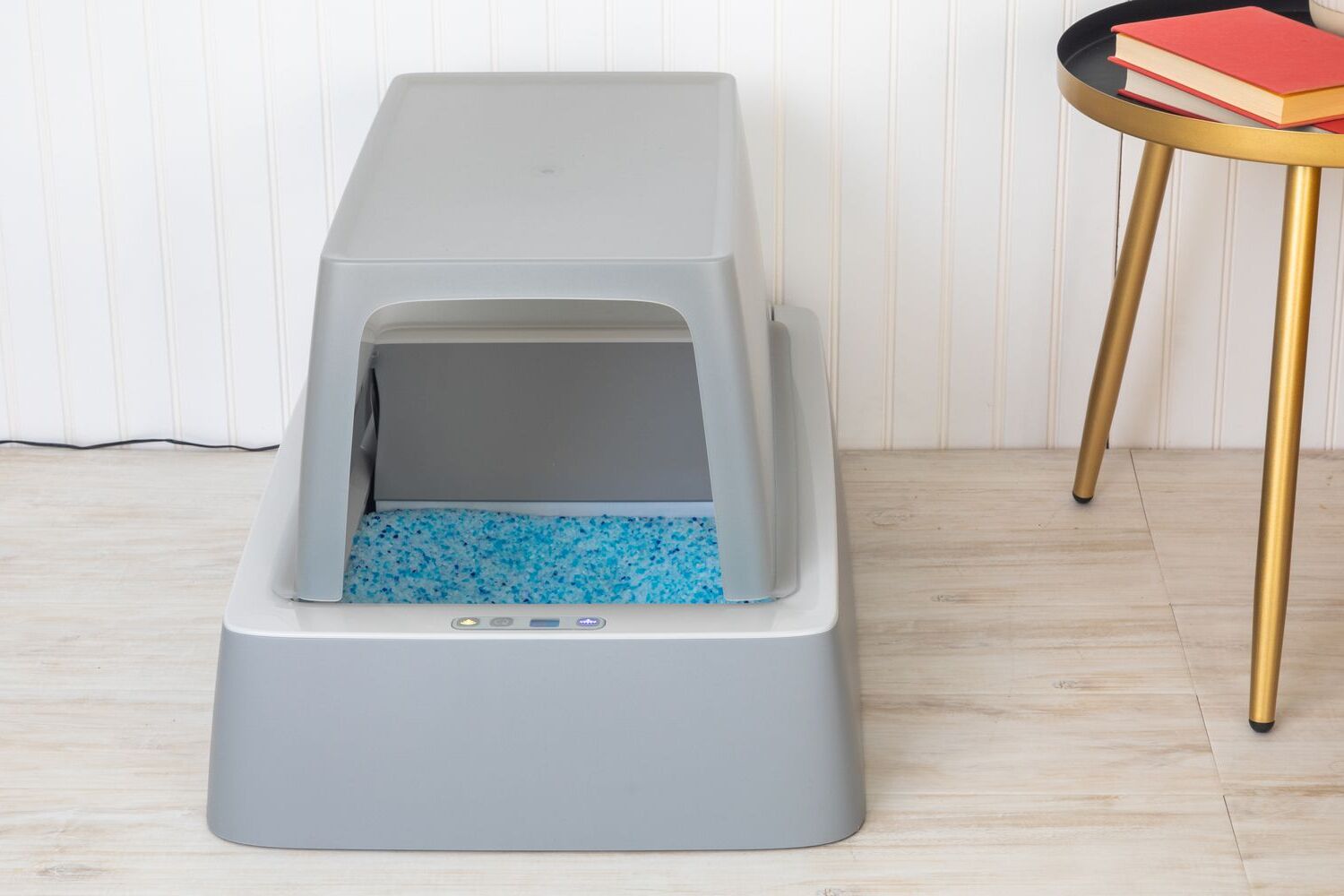
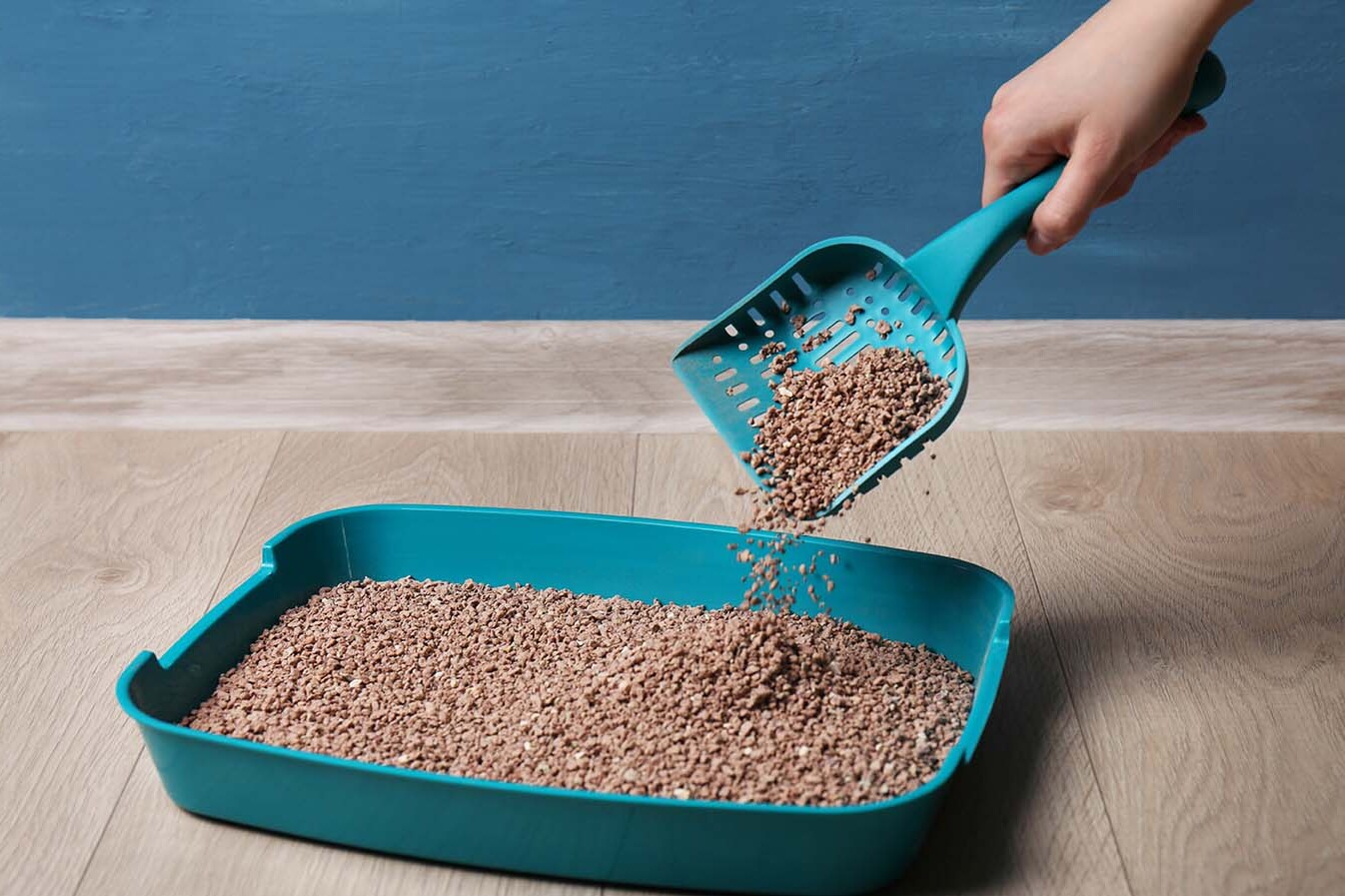
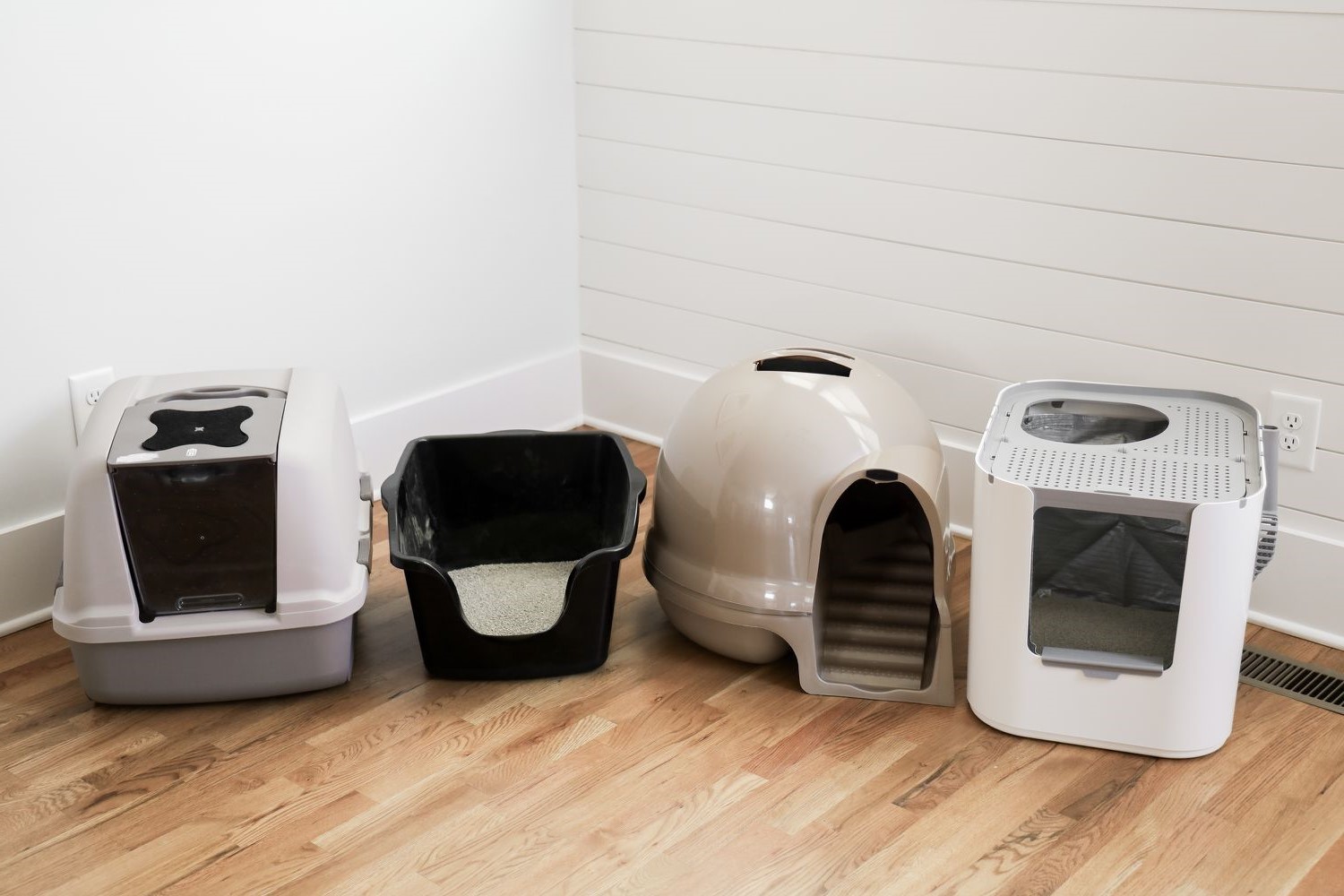
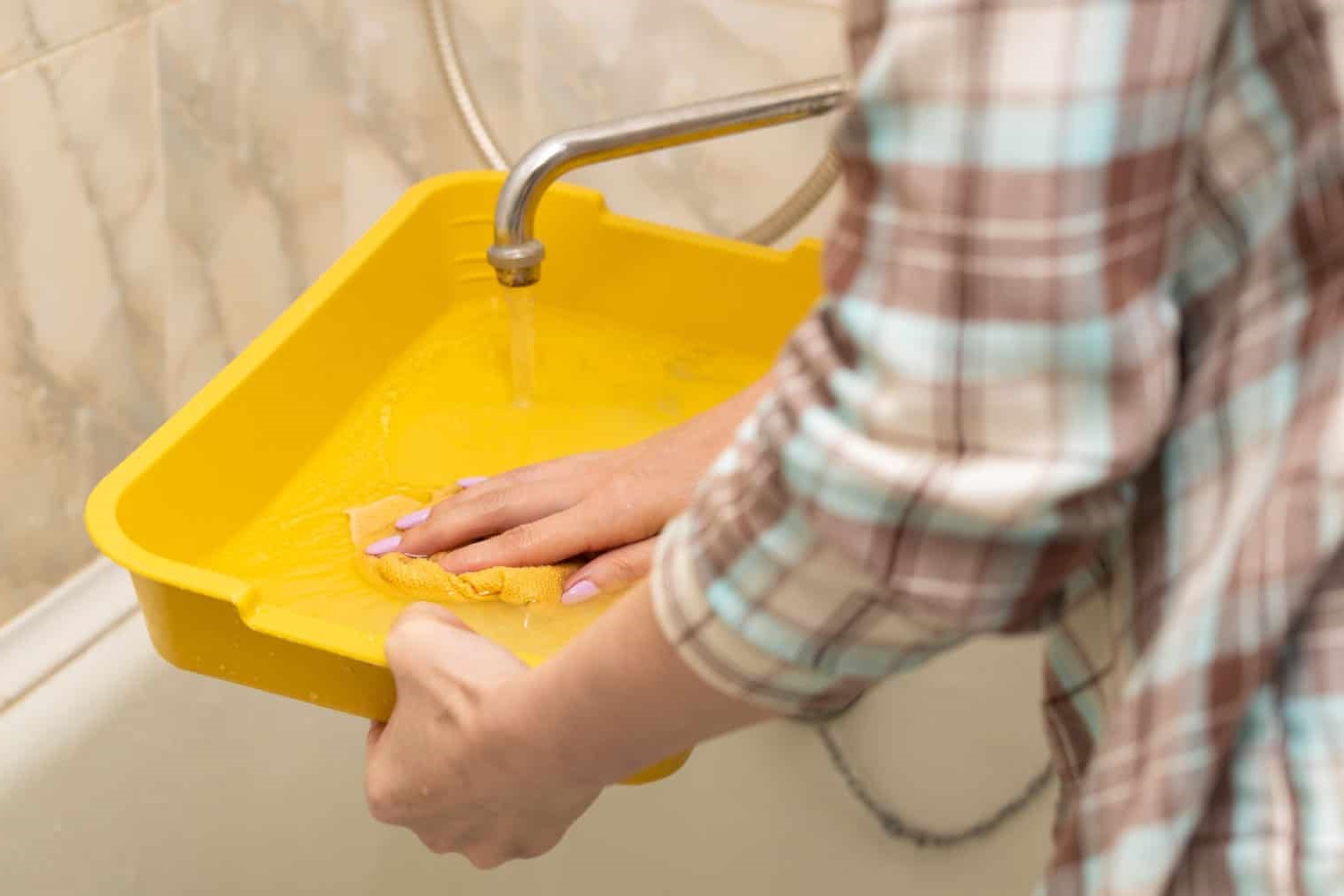

0 thoughts on “Can You Change A Litter Box When Pregnant”